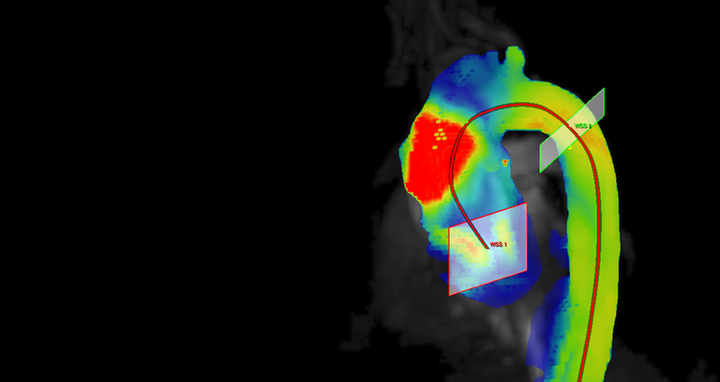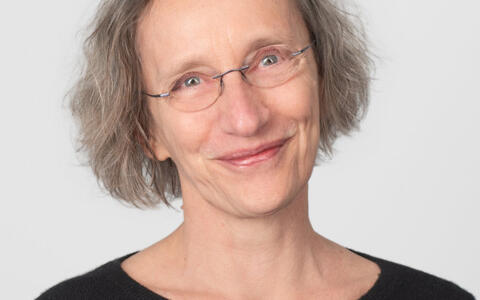Gold for a Deep Look into the Heart
This year´s award from the international Society for Cardiovascular Magnetic Resonance (SCMR) is presented to two researchers: in addition to Professor Schulz-Menger, Head of the Cardio-MRI research group at the Experimental and Clinical Research Centre (ECRC), a joint institution of the MDC and the Charité Medical Faculty in Berlin, and Head of the Non-invasive Cardiological Imaging at the Helios Klinikum Berlin-Buch, the American Dr. Peter Kellman from the National Heart, Lung and Blood Institute was also honoured with the gold medal. Schulz-Menger says that the award surprised her, but she is of course very happy. “My entire team is now even more motivated than before and it is an honour for all of us.”
Prof. Jeanette Schulz-Menger
The first women to head the SCMR
The engagement of Schulz-Menger for the global reputation of the SCMR was emphasised. In 2013, the Berlin cardiologist was responsible for the scientific programme of the convention of this association of experts. In 2016 and 2017, she served as president of the SCMR – the first woman and one of the few Europeans to hold this post. Her SCMR publication “Standardized Image Interpretation and Post-Processing in Cardiovascular Magnetic Resonance” published in 2013 was also explicitly mentioned.
At the same time, the award from the world´s largest CMR Society recognised Schulz-Menger for her part in establishing the still new method of cardiovascular magnetic resonance chromatography. “Indeed, we succeeded in bringing the procedure from the experimental phase into clinical routine and within guidelines within a relatively short time,” says Schulz-Menger. “I would not have dreamed of that when we began our research in the nineties.ˮ
In many clinics, the procedure is already routine
Schulz-Menger emphasises that this is due to good cooperation among experts from the fields of cardiology as well as physics, computer sciences and mathematics. Together, we always kept in mind both basic research and clinical work. “We closely cooperate with the Helios Klinikum Berlin-Buch and of course the Charité, thus enabling a rapid implementation into clinical practise,” says Schulz-Menger. “In addition, excellent cooperation with the industry was essential.
Many cardiologic clinics around the world now use the method to diagnose heart muscle damage. “For example, CMR allows us to differentiate between acute or chronic damage, to identify scars versus diffuse fibrosis or hardening of the tissue, or to detect fluid retention,” explains Schulz-Menger. In addition, CMR is useful in determining whether the heart is involved in a systemic disease - a disease that can affect the whole organ system; it is a gentle approach and thus can be used even in very young patients.
Research with high-performance devices
The ECRC researcher is currently working on several projects. One objective of her team is to visualise blood flow through vessels; she and her colleagues are working with high-performance devices with a field strength of up to 7 tesla. Schulz-Menger also hopes to investigate more closely heart muscle damage, such as that caused by chemotherapies in cancer treatment or that results from muscular dystrophies. She is thankful that the ECRC offers much time and space for application-oriented research that usually benefits the patient quickly.
Further Information
Research Group of Jeannette Schulz-Menger






